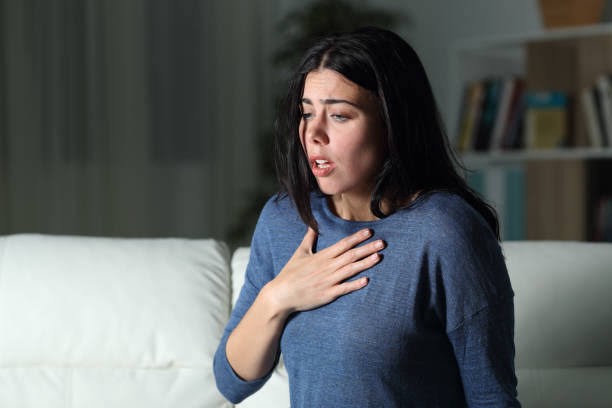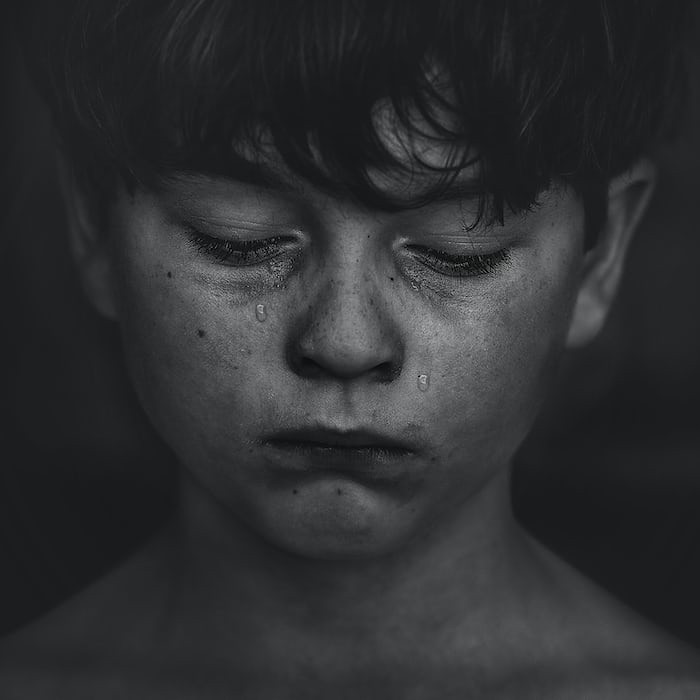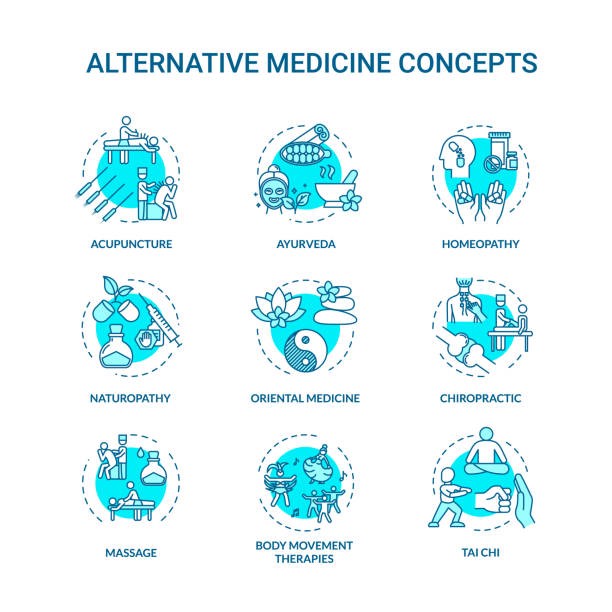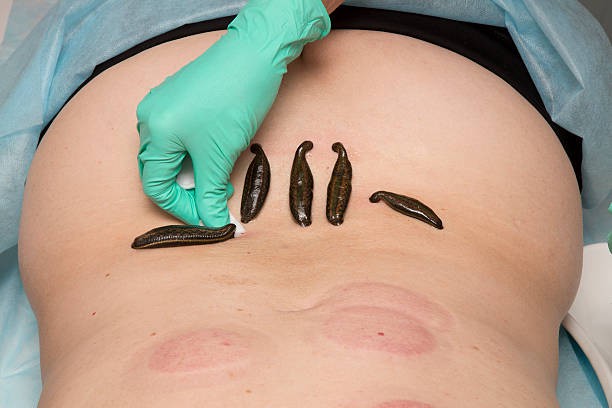
Depression is a disorder of the brain, it's occurs in persons of all genders, ages and backgrounds. There are a variety of causes, including genectic, environmental and psychological and Biomechanical factors. Depression occurs From the ages of 15-30 and it's more prominent in women.
According to research Depression is common, affecting about 121 million persons worldwide. Depression is among the leading causes of disability worldwide. Depression can be reliably diagnosed and treated in primary care. Fewer than 25 % of those affected have access to effective treatments. Antidepressant medications and brief, structured forms of psychotherapy are effective for 60-80 % of those affected and can be delivered in primary care. However, fewer than 25 % of those affected (in some countries fewer than 10 %) receive such treatments. Barriers to effective care include the lack of resources, lack of trained providers, and the social stigma associated with mental disorders including depression.Depression is a mood disorder that causes a persistent feeling of sadness and loss of interest. Also called major depressive disorder or clinical depression, it affects how you feel, think and behave and can lead to a variety of emotional and physical problems.
There are many different causes of depression, some of which we don’t fully understand. Seven of the more common types of depression include the following.
1. Major Depressive Disorder (MDD)
When people use the term clinical depression, they are generally referring to major depressive disorder (MDD).Major depressive disorder is a mood disorder characterized by a number of key features:
I. Depressed mood
II. Lack of interest in activities normally enjoyed
III. Changes in weight
IV. Changes in sleep
V. Fatigue
VI. Feelings of worthlessness and guilt
VII. Difficulty concentrating
VIII. Thoughts of death and suicide
If a person experiences the majority of these symptoms for longer than a two-week period, they will often be diagnosed with MDD.

2. Persistent Depressive Disorder (PDD)
Dysthymia, now known as persistent depressive disorder, refers to a type of chronic depression present for more days than not for at least two years. It can be mild, moderate, or severe.1
People might experience brief periods of not feeling depressed, but this relief of symptoms lasts for two months or less. While the symptoms are not as severe as major depressive disorder, they are pervasive and long-lasting.
PDD symptoms include:
I Feelings of sadness
II Loss of interest and pleasure
III. Anger and irritability
IV. Feelings of guilt
VI. Low self-esteem
VII. Difficulty falling or staying asleep
VIII Sleeping too much
IX. Feelings of hopelessness
X. Fatigue and lack of energy
XI Changes in appetite
Trouble concentrating
Treatment for persistent depressive disorder often involves the use of medications and psychotherapy.
According to the National Institute of Mental Health, 1.5% of adults in the United States had persistent depressive disorder in the past year. The disorder affects women (1.9%) more than men (1%), and researchers estimate that around 1.3% of all U.S. adults will have the disorder at some point during their lives.

3. Bipolar Disorder
Bipolar disorder is a mood disorder characterized by periods of abnormally elevated mood known as mania. These periods can be mild (hypomania) or they can be so extreme as to cause marked impairment with a person’s life, require hospitalization, or affect a person’s sense of reality. The vast majority of those with bipolar disorder also have episodes of major depression.
In addition to depressed mood and markedly diminished interest in activities, people with depression often have a range of physical and emotional symptoms which may include:1
I. Fatigue, insomnia, and lethargy
II. Unexplained aches, pains, and III. psychomotor agitation
IV. Hopelessness and loss of self-esteem
IV. Irritability and anxiety
V. Indecision and disorganization
The risk of suicide in bipolar illness is about 15 times greater than in the general population. Psychosis (including hallucinations and delusions) can also occur in more extreme cases.

4. Postpartum Depression (PPD)
Pregnancy can bring about significant hormonal shifts that can often affect a woman’s moods. Depression can have its onset during pregnancy or following the birth of a child.
Currently classified as depression with peripartum onset, postpartum depression (PPD) is more than that just the “baby blues.”
Mood changes, anxiety, irritability, and other symptoms are not uncommon after giving birth and often last up to two weeks. PPD symptoms are more severe and longer-lasting.
Such symptoms can include:
I. Low mood, feelings of sadness
II. Severe mood swings
III. Social withdrawal
IV. Trouble bonding with your baby
IV. Appetite changes
V. Feeling helpless and hopeless
VI. Loss of interest in things you used to enjoy
VII. Feeling inadequate or worthless
VIII. Anxiety and panic attacks
IX. Thoughts of hurting yourself or your baby
X. Thoughts of suicide
PPD can range from a persistent lethargy and sadness that requires medical treatment all the way up to postpartum psychosis, a condition in which the mood episode is accompanied by confusion, hallucinations, or delusions.
If left untreated, the condition can last up to a year. Fortunately, research has found that treatments such as antidepressants, counseling, and hormone therapy can be effective.

5. Premenstrual Dysphoric Disorder (PMDD)
Among the most common symptoms of premenstrual syndrome (PMS) are irritability, fatigue, anxiety, moodiness, bloating, increased appetite, food cravings, aches, and breast tenderness.
Premenstrual dysphoric disorder (PMDD) produces similar symptoms, but those related to mood are more pronounced.
PMDD symptoms may include:
I. Extreme fatigue
II. Feeling sad, hopeless, or self-critical
III. Severe feelings of stress or anxiety
Iv. Mood swings, often with bouts of crying
V. Irritability
VI. Inability to concentrate
VII. Food cravings or binging


6. Seasonal Affective Disorder (SAD)
If you experience depression, sleepiness, and weight gain during the winter months but feel perfectly fine in spring, you may have a condition known as seasonal affective disorder (SAD),1 currently called major depressive disorder with seasonal pattern.
SAD is believed to be triggered by a disturbance in the normal circadian rhythm of the body.4 Light entering through the eyes influences this rhythm, and any seasonal variation in night/day pattern can cause a disruption leading to depression.
Prevalence rates for SAD can be difficult to pinpoint because the condition often goes undiagnosed and unreported. It is more common in areas further from the equator. For example, estimates suggest that SAD impacts 1% of the population of Florida; that number increases to 9% in Alaska.
SAD is more common in far northern or far southern regions of the planet and can often be treated with light therapy to offset the seasonal loss the daylight.7

7. Atypical Depression
Do you experience signs of depression (such as overeating, sleeping too much, or extreme sensitivity to rejection) but find yourself suddenly perking up in face of a positive event?
Based on these symptoms, you may be diagnosed with atypical depression (current terminology refers to this as depressive disorder with atypical features), a type of depression that doesn’t follow what was thought to be the “typical” presentation of the disorder. Atypical depression is characterized by a specific set of symptoms related to:1
I. Excessive eating or weight gain
II Excessive sleep
III. Fatigue, weakness, and feeling “weighed down”
IV. Intense sensitivity to rejection
V. Strongly reactive moods
Atypical depression is actually more common than the name might imply. Unlike other forms of depression, people with atypical depression may respond better to a type of antidepressant known as a monoamine oxidase inhibitor (MAOI).

What causes depression?
Various factors can cause depression:
Brain chemistry: Abnormalities in brain chemical levels may lead to depression.
Genetics: If you have a relative with depression, you may be more likely to become depressed.
Life events: Stress, the death of a loved one, upsetting events (trauma), isolation and lack of support can cause depression.
Medical conditions: Ongoing physical pain and illnesses can cause depression. People often have depression along with conditions like diabetes, cancer and Parkinson’s disease.
Medication: Some medications have depression as a side effect. Recreational drugs and alcohol can also cause depression or make it worse.
Personality: People who are easily overwhelmed or have trouble coping may be prone to depression.
How is depression syndrome diagnosed?
Everyone may feel sad or down from time to time. However, clinical depression has more intense symptoms that last two weeks or longer.
To determine whether you have clinical depression, your healthcare provider will ask questions. You may complete a questionnaire and provide a family history. Your healthcare provider may also perform an exam or order lab tests to see if you have another medical condition.
How is depression syndrome treated?
Depression can be serious, but it’s also treatable. Treatment for depression includes:
Self-help: Regular exercise, getting enough sleep, and spending time with people you care about can improve depression symptoms.

Counseling: Counseling or psychotherapy is talking with a mental health professional. Your counselor helps you address your problems and develop coping.

skills. Sometimes brief therapy is all you need. Other people continue therapy longer.
Alternative medicine: People with mild depression or ongoing symptoms can improve their well-being with complementary therapy. Therapy may include massage, acupuncture, hypnosis and biofeedback.



Medication: Prescription medicine called antidepressants can help change brain chemistry that causes depression. Antidepressants can take a few weeks to have an effect. Some antidepressants have side effects, which often improve with time. If they don’t, talk to your provider. A different medications may work better for you.

Brain stimulation therapy: Brain stimulation therapy can help people who have severe depression or depression with psychosis. Types of brain stimulation therapy include electroconvulsive therapy (ECT), transcranial magnetic stimulation (TMS) and vagus nerve stimulation (VNS).

Can depression be prevented?
You can help prevent depression by getting enough sleep, eating a healthy diet and practicing regular self-care activities such as exercise, meditation and yoga.
If you’ve had depression before, you may be more likely to experience it again. If you have depression symptoms, get help. Care can help you feel better sooner.
What’s the outlook for people with depression?
Depression can be mild or severe. And it can be brief or long-lasting. It’s important to get help right away.
Without treatment, depression can:
Become worse.
Increase your chance of other health conditions, like dementia.
Lead to self-harm or death.
Return, even after you start to feel better.
The good news is that depression is treatable. If you have symptoms of depression, talk to your healthcare provider. The sooner you get help, the sooner you can feel better
Can depression be prevented?
You can help prevent depression by getting enough sleep, eating a healthy diet and practicing regular self-care activities such as exercise, meditation and yoga.
If you’ve had depression before, you may be more likely to experience it again. If you have depression symptoms, get help. Care can help you feel better sooner.
SOURCES
CLEVELAND CLINIC
UNIQUE MIND CARE
RESEARCH GATE
Follow Juddith Potter to stay updated on their latest posts!
0 comments
Be the first to comment!
This post is waiting for your feedback.
Share your thoughts and join the conversation.
